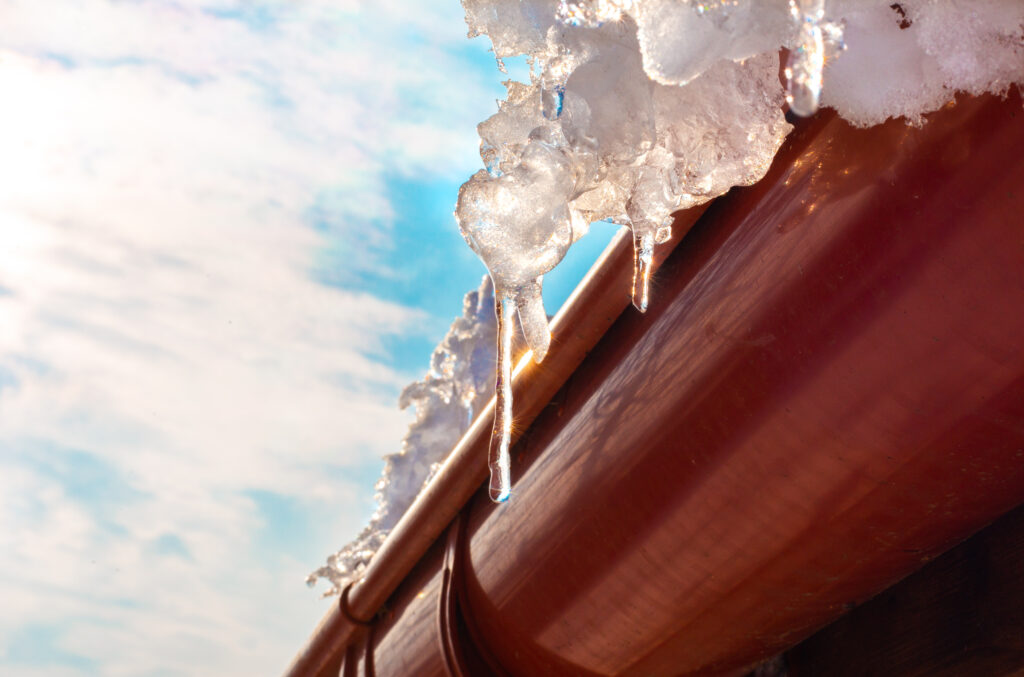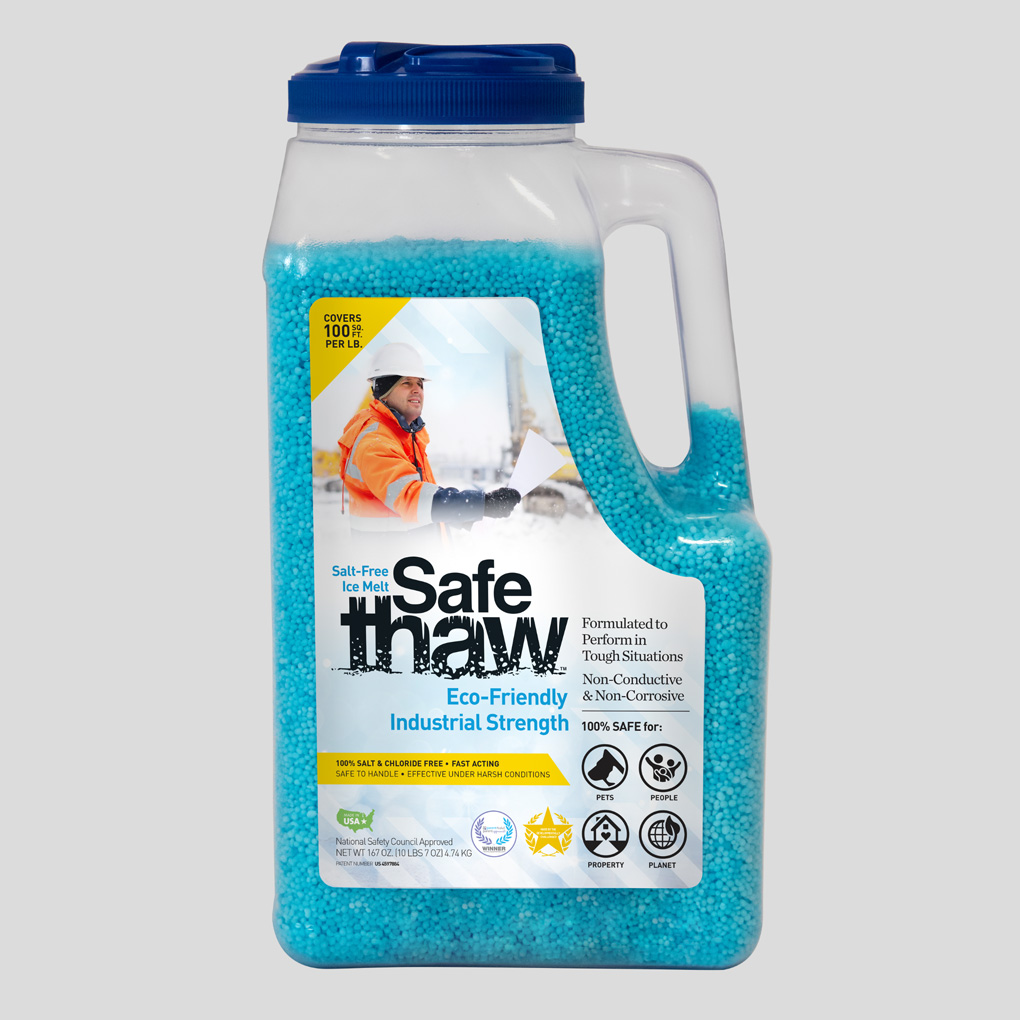How To Make Homemade Ice Melt: A Fun And Educational Diy Project

Winter weather can be beautiful, but it also brings icy challenges. If you’re looking for a solution to slippery sidewalks and driveways, why not try making your homemade ice melt? This fun and educational DIY project allows you to create an effective ice melting solution using common household ingredients.
To Make Homemade Ice Melt, You Can Use Ingredients Like Vinegar, Rubbing Alcohol, And Dish Soap. However, These Homemade Ice Melts Have Some Limitations In Extreme Cold Temperatures Or Safety.
In this blog, we’ll guide you through the step-by-step process of making homemade ice melt, along with introducing an effective ice melt solution in case you are unable to make homemade solutions. So, get ready to tackle winter’s frosty grip with your very own creation!
Basic Principles Of Ice Melting
Ice melting occurs when the ice absorbs heat, causing it to transition from a solid to a liquid state. The process involves breaking the intermolecular bonds that hold the water molecules together in a solid lattice.
When heat is applied, the increased energy disrupts these bonds, causing the ice to melt. The temperature at which ice melts is known as its melting point, which is 0 degrees Celsius or 32 degrees Fahrenheit.
Factors such as ambient temperature, pressure, and impurities can affect ice’s melting point. Understanding these principles helps in formulating effective ice melt solutions.

Safe Thaw
Safe Thaw was created as the ice management solution for tough winter environments. Ideal in commercial and industrial properties, shops, government agencies, bridges, and construction.
How To Make Homemade Ice Melt?
Using common household ingredients, you can create your own ice melt and gain a sense of satisfaction from a fun and educational DIY project. Let’s explore how to make homemade ice melt while considering these restrictions.
Vinegar And Water
One simple and popular homemade ice melt recipe involves using vinegar and water. Mix equal amounts of white vinegar and water in a spray bottle and apply it to icy surfaces. The acetic acid in the vinegar helps to break down the ice.
However, vinegar may be less effective in extremely low temperatures or with thick ice accumulations. Additionally, repeated use of vinegar may cause damage to concrete surfaces over time.
Rubbing Alcohol And Dish Soap
Another option for homemade ice melt is a mixture of rubbing alcohol and dish soap. Mix one part rubbing alcohol with one part water and add a few drops of dish soap. The rubbing alcohol lowers the freezing point of water, aiding in ice melting.
This solution may be less effective in colder temperatures or thick ice layers. It’s also important to be cautious when using dish soap on certain surfaces, as it may leave residue or cause slipping.
Beet Juice And Water
For an eco-friendly homemade ice melt alternative, use beet juice mixed with water. Beet juice contains natural sugars that help lower the water’s freezing point and melt ice.
However, it’s worth noting that beet juice may stain surfaces, particularly lighter-colored materials such as concrete or stone. Additionally, the effectiveness of this method may vary depending on the concentration of beet juice used and the severity of the ice accumulation.
Sand And Kitty Litter
In cases where traction is the primary concern rather than melting the ice, sand or kitty litter can be used as a homemade ice melt substitute. Spread a generous amount of sand or kitty litter on icy surfaces to provide better traction and prevent slipping.
Remember that this method does not melt the ice and may not be suitable for all situations. Clean up the sand or kitty litter after the ice has melted to avoid clogging drains or causing environmental damage.
What Should You Do If You Are Unable To Make Homemade Ice Melt?
If you find yourself unable to make homemade ice melt, consider using a product like Safe Thaw. Safe Thaw is a reliable alternative that contains no salt, making it non-corrosive and non-conductive.
It effectively makes ice and snow disappear, even in severe climates, without causing damage. The best part is that it’s safe for everyone, including people and pets, as it is non-toxic.
Additionally, it is environmentally safe, posing no harm to trees, grass, or shrubbery, as it contains no pollutants. Safe Thaw can be used on surfaces such as stone, metal ramps, decking, brick, pavers, and even concrete.
Benefits Of Making Your Ice Melt At Home
Making your ice melt at home can offer several benefits, from cost savings to environmental considerations. Let’s explore the advantages of DIY ice melt solutions and why they might be an excellent option.
- Cost Savings: Homemade ice melt can be significantly cheaper than commercial products, as it utilizes common household ingredients readily available at a lower cost.
- Control over Ingredients: By making your ice melt, you have control over the ingredients used, allowing you to avoid harsh chemicals that may harm the environment or damage surfaces.
- Eco-Friendliness: Many homemade ice melt recipes utilize natural ingredients, reducing the environmental impact compared to commercial products. It’s an eco-friendly choice that aligns with sustainable practices.
- Educational Experience: Creating homemade ice melt can be a fun and educational DIY project. It provides an opportunity to understand the science behind ice melting and gain knowledge about different substances and their properties.
- Customization: When making your ice melt, you can experiment with different ingredients and ratios to find the best solution for your needs. This customization allows you to adapt the recipe to different temperatures and ice conditions.
Is Homemade Ice Melt Safe For Use Around Pets And Plants?
When using homemade ice melt around pets and plants, caution is advised. While some homemade ice melt recipes may be less harmful than traditional products, they can still pose risks. Ingredients like vinegar, rubbing alcohol, and dish soap, if ingested or absorbed by plants, can cause harm.
Additionally, certain substances may irritate pets’ paws or be toxic if ingested. Thoroughly research the ingredients used in homemade ice melt and their potential effects on pets and plants.
As a general rule, it’s recommended to keep pets away from treated areas and avoid applying homemade ice melt directly to plants or areas where vegetation is present.
100% salt & chloride-free, fast acting Ice Management Solution
Final Words
Creating homemade ice melt is a practical solution for icy conditions and a fun and educational DIY project. By using common household ingredients, such as salt and water, you can concoct your ice melt solution.
This hands-on activity allows you to understand the science behind ice melting and will enable kids to engage in a learning experience. The process is simple and cost-effective, making it a convenient alternative to store-bought ice melt products.
However, if you’re unable to make your own, a safe and effective option is to use commercially available ice melts like Safe Thaw. Whether you make your own or purchase a product, the important thing is to prioritize safety and take measures to prevent slips and falls during icy weather. Stay safe, and enjoy your winter adventures!
Try Also Our Other Winter Safety Products:
Safe Paw
The Original and #1 Selling Pet and Child Safe Ice Melt for over 20 years. Guaranteed environmentally safe –It won’t harm animals or children, and it won’t damage your property. That’s Safe Paw. Safe Paw can change how winter affects our planet.

Walk On Ice
The handy disposable canister can be taken everywhere, with the same 100% naturally occurring minerals that provide instant traction on ice or snow. Use it on sidewalks, steps, or as an instant traction agent for your car.



